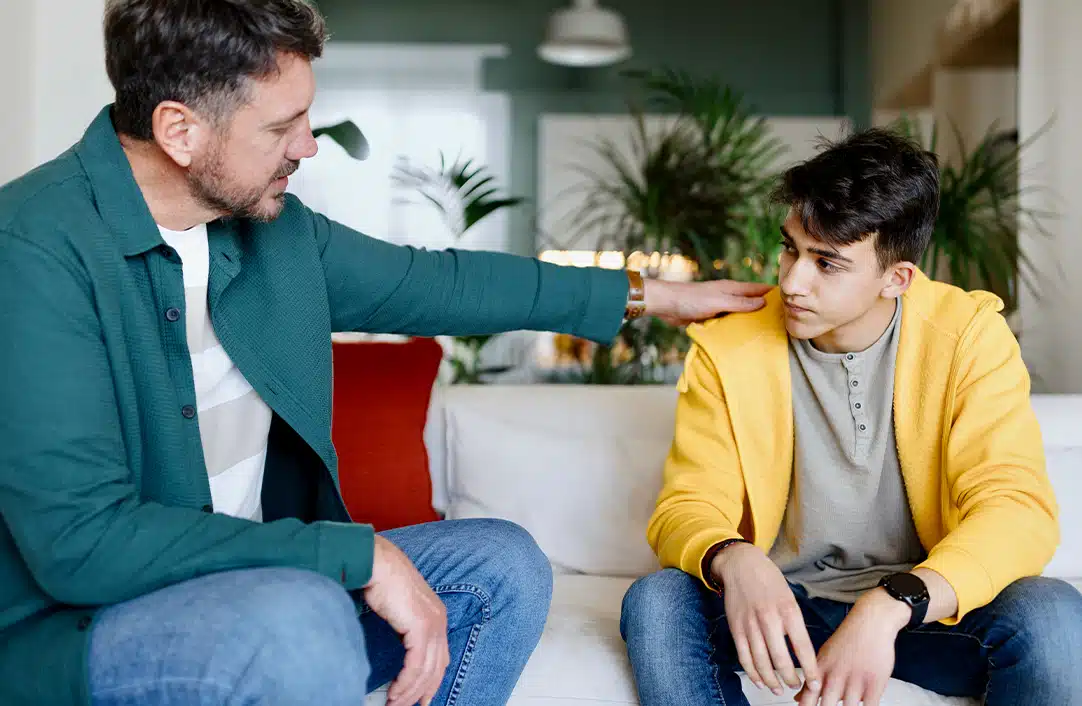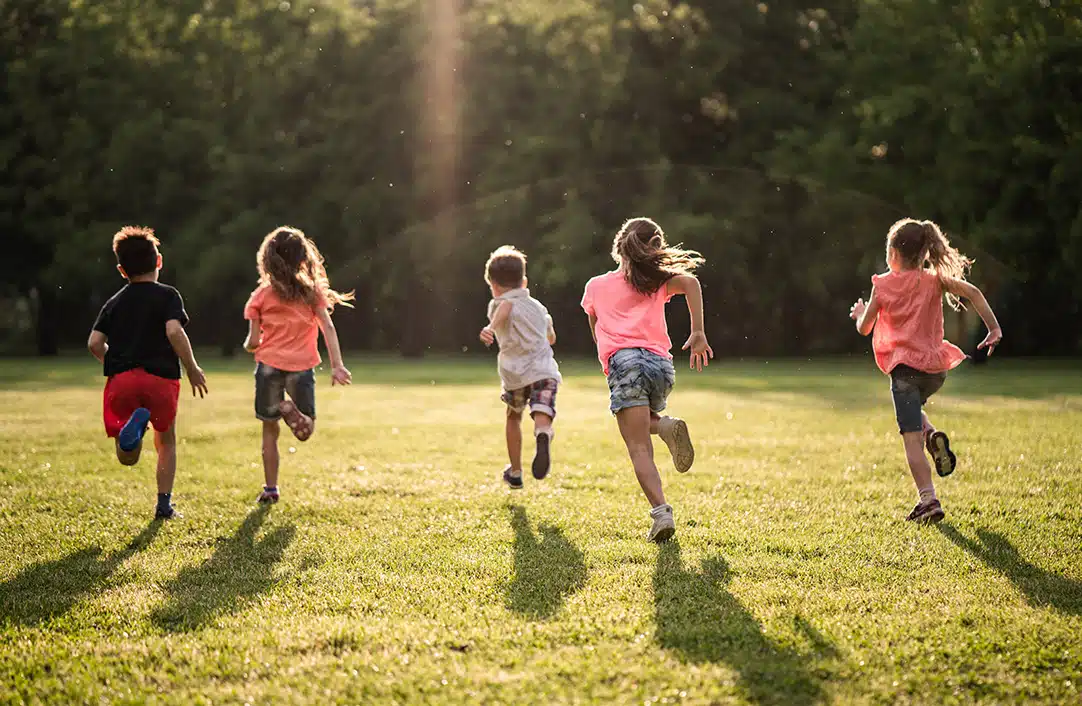What is Child On Child Sexual Abuse?
The term child-on-child sexual abuse (COCSA) is defined as sexual activity between children that occurs without consent, without equality (mentally, physically, or in age), or as a result of physical or emotional coercion. What this means is that a power difference exists between the two children, whether that is in age, size, or ability.
While the trauma for the victim is the same as if it had happened by an adult, this type of abuse often goes unreported—either because it’s dismissed by adults as “kids being kids” or for the fear of what will happen to one or both of the children to have the abuse known.
The truth is that both children need help in a situation like this. The child being abused certainly needs the appropriate care to avoid the weight of lifelong trauma that so many survivors of child sexual abuse experience, as well as the symptoms that go with it.
The child who has engaged in the harmful sexual behavior (HSB) needs help as well. If they are able to see a licensed medical/mental health professional to help them work through these age-inappropriate sexual behaviors, then they are less likely to engage in HSB again.
What Are the Facts?
01
AGES 12 TO 14 ARE THE PEAK AGES FOR AN ADOLESCENT TO ENGAGE IN HARMFUL SEXUAL BEHAVIORS.
02
70 PERCENT OF ALL ADULT PERPETRATORS HAVE BETWEEN 1 AND 9 VICTIMS.
03
AS MANY AS 40 PERCENT OF CHILDREN WHO ARE SEXUALLY ABUSED ARE VICTIMIZED BY OLDER OR MORE POWERFUL CHILDREN.
04
SEX OFFENSES ARE THE CRIMES LEAST LIKELY TO INVOLVE STRANGERS AS PERPETRATORS.
05
CHILDREN WHO DISCLOSE THEIR ABUSE WITHIN ONE MONTH ARE AT A REDUCED RISK FOR DEPRESSION.
You Can Make a Difference
Sexual abuse can be hard to think about and harder to discuss, but it’s important to address these issues and educate yourself. This will empower you to reduce the risk of your child being sexually abused and/or engaging in HSB. If something has happened and you’re not sure what to do, please report it so that the children involved can get the help they need.
Recent blogs

Common Symptoms Experienced by Adult Survivors of Child Sexual Abuse

Statute of Limitations on Sexual Abuse

